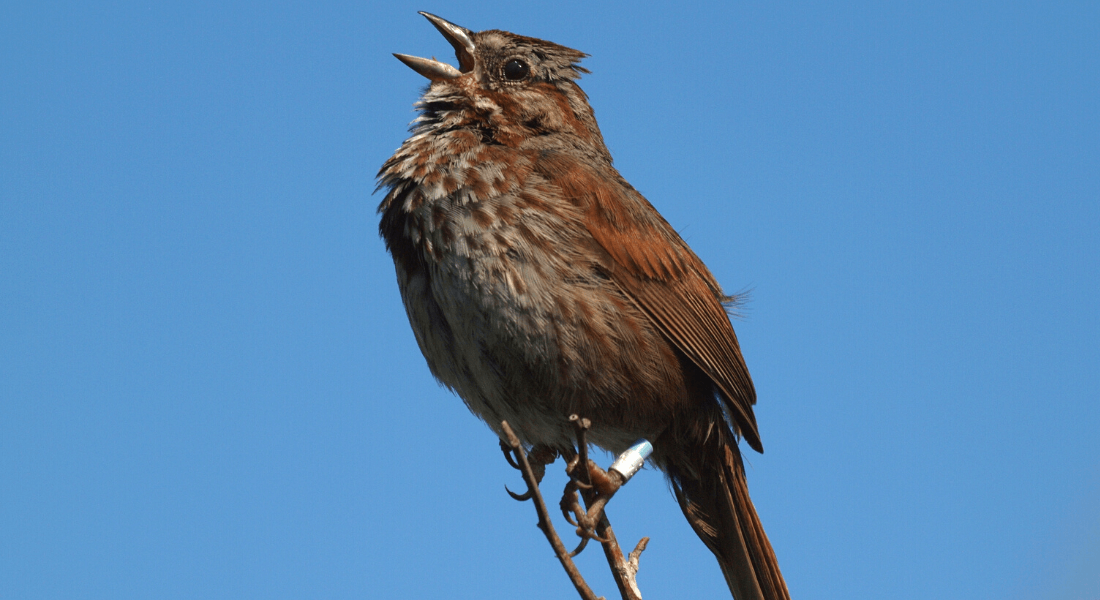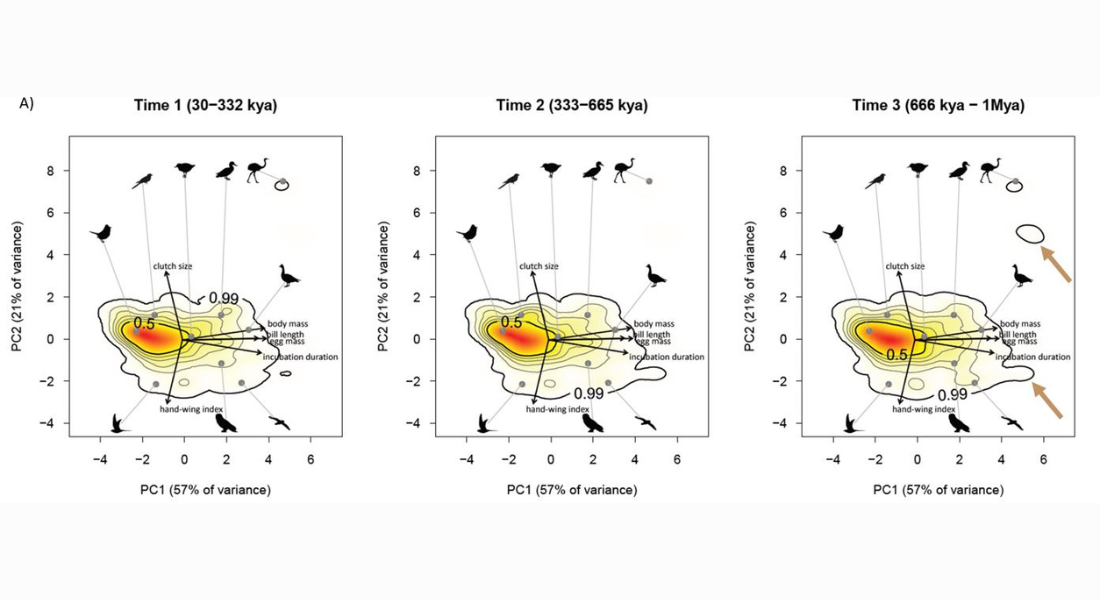A time machine for anticipating bird diversity
In a new study led by Postdoc Ryan Germain from the Center for Macroecology, Evolution and Climate (CMEC), researchers have managed to identify the trait combinations and sets in birds associated with long-term population declines and sensitivity to warming climate conditions.

Stopping the decline of global biodiversity is one of society’s most pressing challenges, but we often have a limited understanding of which species are likely to be most sensitive to population declines under environmental pressures such as climate change.
One reason for this knowledge gap is that many studies investigating such declines are conducted over a few years or decades, and often in a single geographic area.
While informative for climate responses over shorter time scales, we still lack insight on biodiversity responses over longer periods and before the widespread effects of humans on the planet.
Unlocking the avian log book
Using data collected as part of an international effort to sequence the genomes of all of the world’s birds (The Bird 10,000 Genomes Project), this study constructed genetic ‘log books’ of changes in population size for 263 species over the past million years.
Combining this information with trait data (such as body size, migration strategy, and reproductive rate) meticulously collected from thousands of wild birds and museum specimens, this study identified the trait combinations representing species that have undergone the largest population expansions and declines over this period of the Earth’s history.
This work was conducted as part of project DEMOCHANGE, funded by the Independent Research Fund Denmark.

Changes in occupation of the functional trait space of 263 bird species across three time periods over the last one million years, calculated via abundance-weighted Principal Component Analysis (PCA) of six key morphological/life-history traits (arrows illustrate direction and weighting of each trait along PC1 and PC2).
Results from this study indicate that species with lower ability to disperse and/or migrate have declined substantially over the past Million years and are less abundant during more recent periods than they were in the more distant past.
Understanding future climate effects
Species most sensitive to population increases or decreases during a period of intense climate warming around 150-120 thousand years ago had very similar trait combinations, suggesting that such ‘redundant’ trait sets might help maintain the stability of ecosystems under such periods of intense environmental change.
-These types of data offer us an amazing peek into the histories of different bird species, particularly during periods of drastic global environmental change, says the study’s lead author Ryan Germain.
-By combining these estimates of past population sizes that we get from bird DNA with the massive effort of assembling trait data for each species, we can start to understand what types of species groups are most sensitive to the effects that we’re having on the planet, Ryan Germain concludes.
About the study
"Changes in the functional diversity of modern bird species over the last million years" is published in Proceedings of the National Academy of Sciences of the USA (PNAS) by Germain RR, Feng S, Buffan L, Carmona CP, Chen G, Graves GR, Tobias JA, Rahbek C, Lei F, Fjeldså J, Hosner PA, Gilbert MTP, Zhang G, and Nogués-Bravo D (2023).
Access the paper here.
Contact
Postdoc Ryan Germain
Professor David Nogués-Bravo
